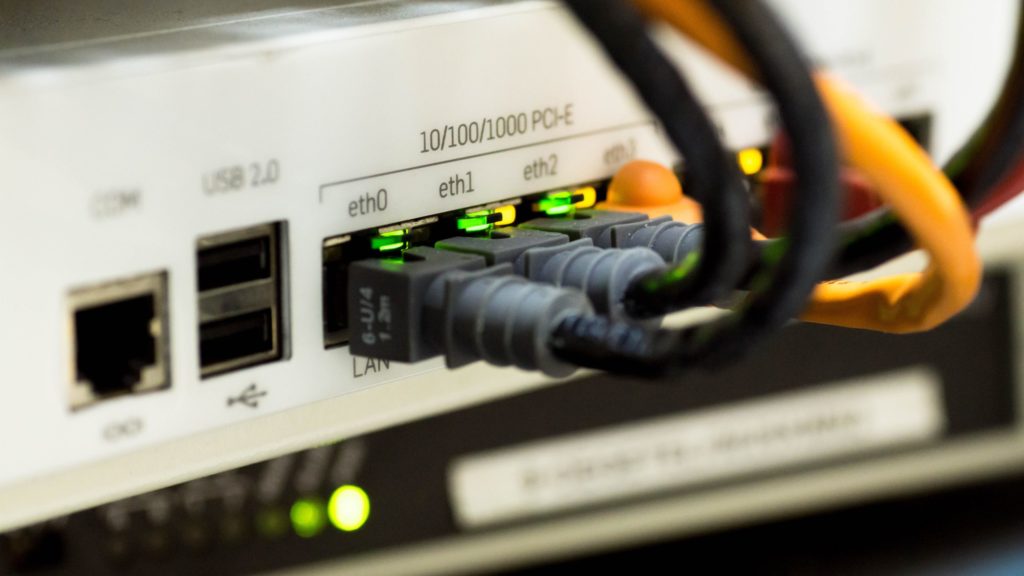The FWD #147 • 583 Words
Low-income households struggle to afford broadband internet access as well as housing. Can we address both?
In the year 2020, “Zoom Fatigue” became a common workplace term. As we think back with glazed eyes on a year of teleworking and virtual conferences, we should think about casting our gazes even further—across the digital divide.
When you consider the 306,000 Virginians (about 4%) without access to wired internet options—a number that grows when you look at Virginians with the option for only one internet provider, or Virginians without high speed internet access—Zoom Fatigue becomes something of a privilege.
In 2016, Virginia’s Superintendent of Public Instruction (then the superintendent for Goochland County Public Schools) Dr. James Lane called internet access “the civil rights issue of our time,” while a pre-COVID Brookings Institute article called it the country’s most “inequitable infrastructure.” This is no hyperbole: there are an estimated 19 million Americans (6% of the population) without access to broadband services, whereas there are 2 million (0.6% of the population) who lack access to running water and plumbing. These respective figures grow depending on the population you are considering: according to Census data, 13% of Native American households lack an internet subscription and nearly 6% have no access to running water or sanitation services.
It follows that these disparities, present before the pandemic, expand in an increasingly virtual world. Not having reliable access to the internet can mean anything from challenges in teleworking and virtual learning to the inability to receive essential care through programs that have transitioned to telehealth practices.
And if availability is one facet of the “digital chasm,” affordability is the other: the 608,000 Virginians (about 7%) with access to only one internet service provider often face the choice between paying high rates or having no internet at all.
The 2021 General Assembly session addressed this rift by introducing two new pilot programs.
The first program will give the Department of Social Services (DSS) the right to increase reliable internet access for low-income residents by providing them with up to $15 in reimbursement costs on a monthly basis. DSS is required to develop the program by November 1, 2021. The second program requires DHCD to create a program within the Virginia Telecommunication Initiative (VATI) where public broadband authorities are permitted to apply for program funds without private sector investment.
Lawmakers also approved Senate Bill 1225, which authorizes the school boards to appropriate funds that are in line with expanding and operating broadband for educational purposes. With this bill, school boards are allowed to partner with private broadband service providers and subsidize broadband for qualifying households.
Virginia is by no means the only state contending with digital equity and the importance of universal broadband; an April 2020 study found that, nationwide, only 1 in 6 people in poverty had internet access. The fact that other states are coping with the same issues will give us a range of solutions to monitor as we look to cross this digital divide.
HUD attempted to “narrow the digital divide” at the end of 2016 by publishing the final rule requiring broadband infrastructure for new construction and substantial rehab in HUD-funded multifamily rental housing. But it’s the monthly cost of internet access that is the significant barrier to most low income families. Which leads us to wonder: should we begin to think of broadband as a necessary utility, like gas or electricity, and make it a part of the shelter cost for affordable housing programs?
